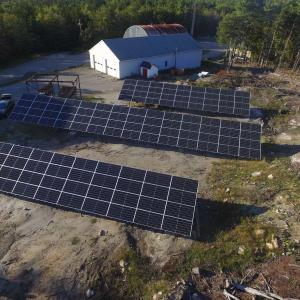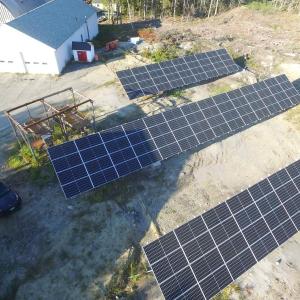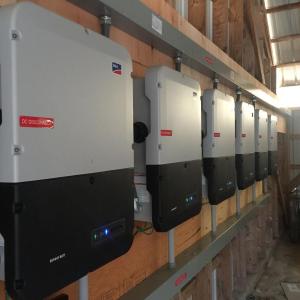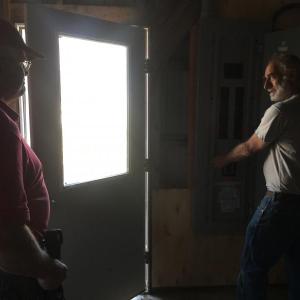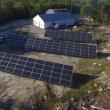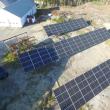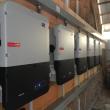Southport solar array goes online
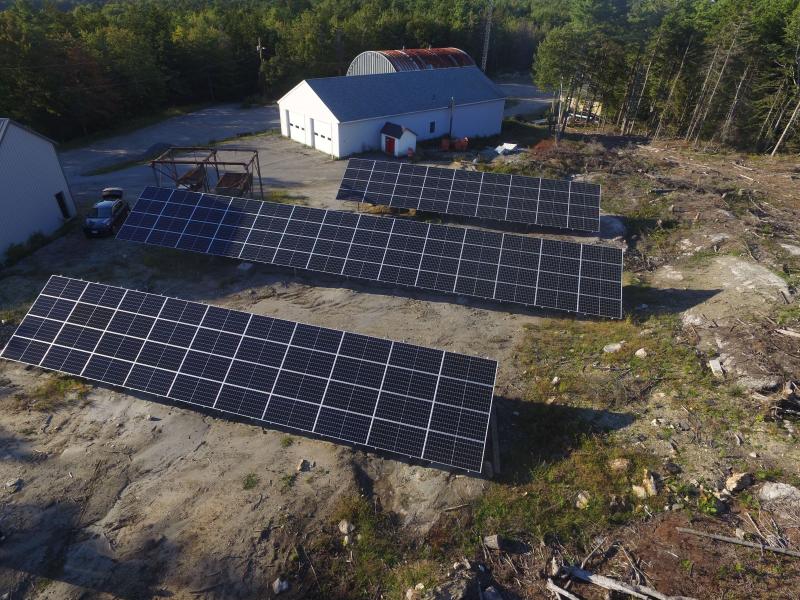 Southport’s new solar power array is now online. Courtesy photo
Southport’s new solar power array is now online. Courtesy photo
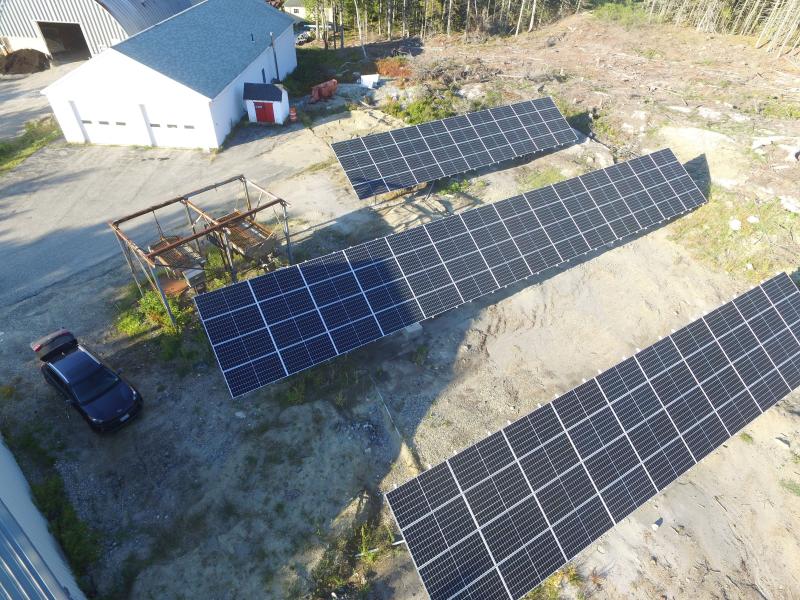 Courtesy photo
Courtesy photo
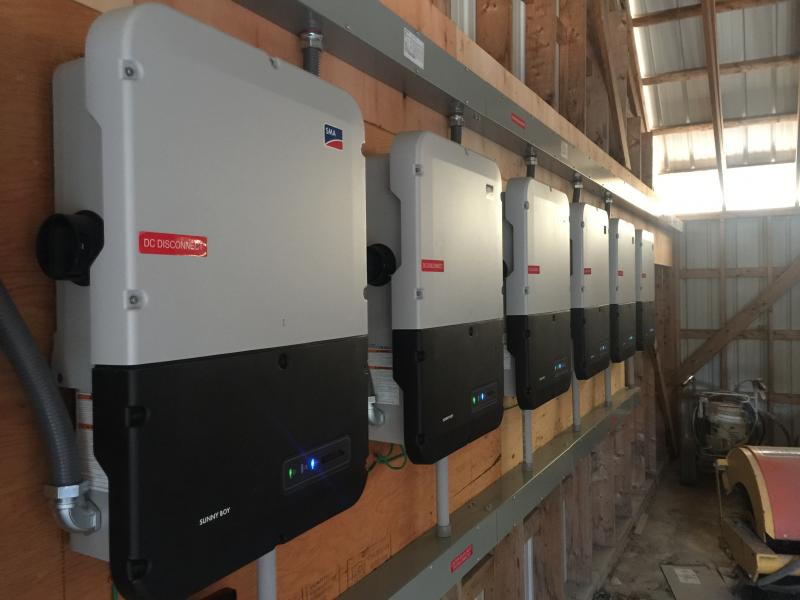 The power inverters take all the DC current coming off the panels and turn it into AC current to go out onto the power grid. JOSEPH CHARPENTIER/Boothbay Register
The power inverters take all the DC current coming off the panels and turn it into AC current to go out onto the power grid. JOSEPH CHARPENTIER/Boothbay Register
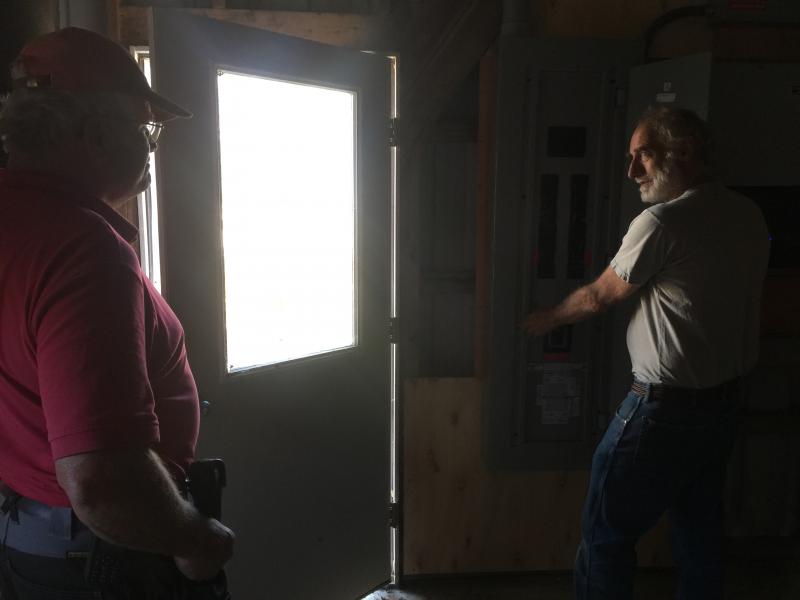 Southport select board chair Gerry Gamage and MEPS’s Rich Simon. JOSEPH CHARPENTIER/Boothbay Register
Southport select board chair Gerry Gamage and MEPS’s Rich Simon. JOSEPH CHARPENTIER/Boothbay Register
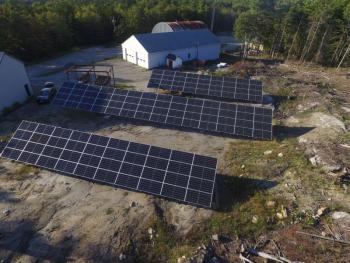 Southport’s new solar power array is now online. Courtesy photo
Southport’s new solar power array is now online. Courtesy photo
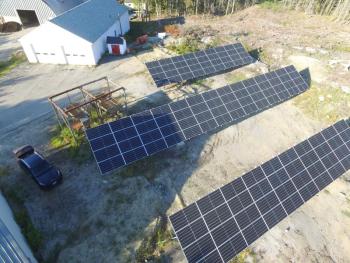 Courtesy photo
Courtesy photo
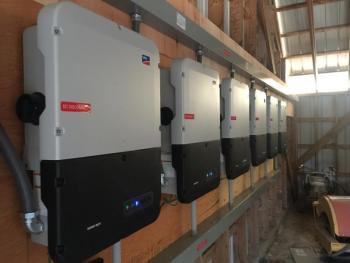 The power inverters take all the DC current coming off the panels and turn it into AC current to go out onto the power grid. JOSEPH CHARPENTIER/Boothbay Register
The power inverters take all the DC current coming off the panels and turn it into AC current to go out onto the power grid. JOSEPH CHARPENTIER/Boothbay Register
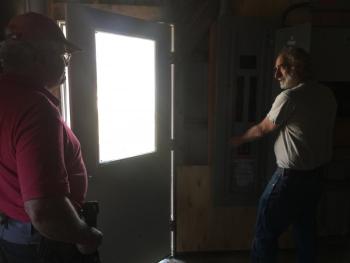 Southport select board chair Gerry Gamage and MEPS’s Rich Simon. JOSEPH CHARPENTIER/Boothbay Register
Southport select board chair Gerry Gamage and MEPS’s Rich Simon. JOSEPH CHARPENTIER/Boothbay Register
Southport’s new solar power array has started putting electricity back onto the grid and building credit for the town. Selectmen’s Chair Gerry Gamage said the idea for the project came last year from Cross Road residents who had built an array.
“They came into the town office and were telling us about it and suggested we perhaps look into (one),” said Gamage. “So we did.”
The project seeks to offset electricity bills from several town buildings. Voters approved it in June 2019 for $175,000. Maine Energy Performance Solutions got the project with a $117,000 bid. MEPS’s Rich Simon said the roughly 53kW system will have an output of about 77,000 kilowatts per year. Over the array’s 40-year lifespan, the town expects to save around $300,000 and have the project pay for itself in about a decade.
With added costs including a power line extension and site preparation, the cost to date is about $140,000, said Gamage. “It's the right thing to do, plus in the long run it will save the taxpayers some money. Two good reasons.”
The panels produce direct current electricity which runs to six inverters releasing electricity as alternating current, said Simon. The current goes onto the Central Maine Power grid through a utility meter which runs backwards. That is how the credits from CMP are calculated.
Simon said the array is designed to produce about 80% of anticipated consumption for seven municipal meters – including ones at the town office, firehouse, school, library, museum and town garage – but no more than that. The problem with building an array to cover 100% usage is, any electricity produced beyond that is lost to the grid, without credit.
“The state of Maine has set a goal of, by 2030, 80% of the electricity Maine consumers use having to be from renewable sources,” Simon said. “By 2050, it has to be 100%. So, there's an incentive to try and get people to sign up to these projects.”
Federal tax credits for solar projects have helped bring many homeowners, businesses and municipalities on board for about the past 15 years, said Simon. Most municipalities are doing solar and the incentives have built up the industry, he said. Southport’s project would have cost about three times as much 15 years ago.
Simon added, “How Maine is going to fulfill the goal by 2030, I'm a little bit unsure, but there's that much capacity that they're saying we're going to make it available for consumers to buy into it.”
Event Date
Address
United States

